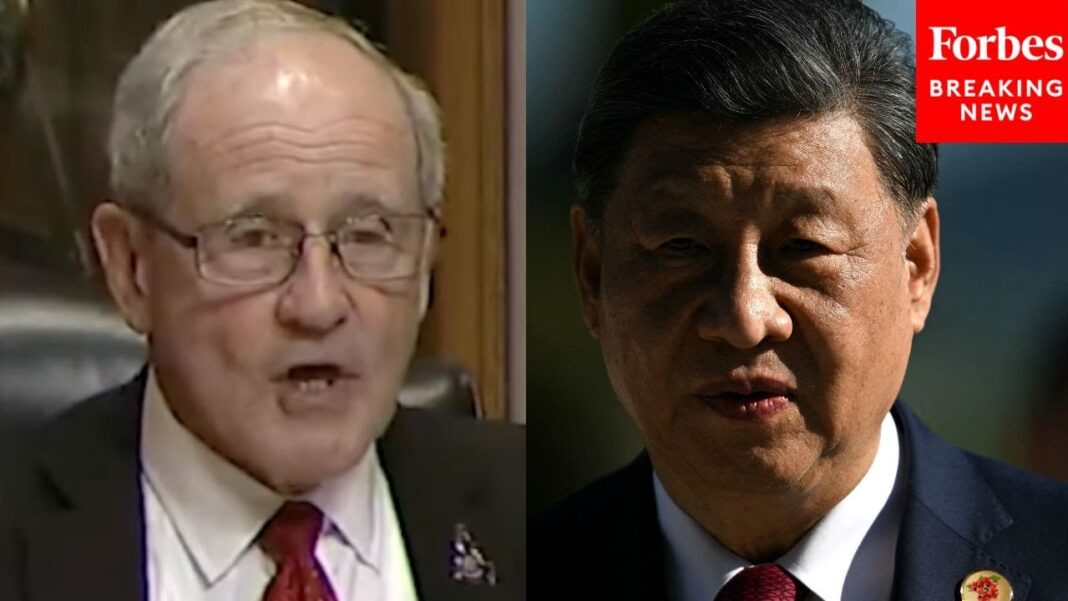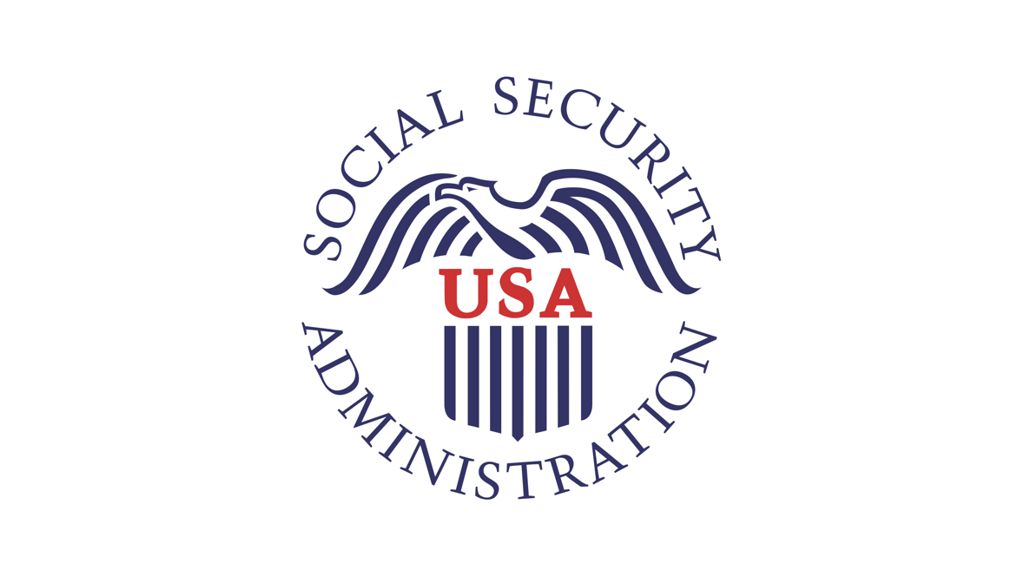The Commerce Department revision shows firmer consumer spending and business investment, with inflation easing slightly.
The U.S. economy expanded at a 3.3 percent annualized pace in the second quarter of 2025, the Commerce Department reported on Aug. 28, with the rate of growth exceeding an earlier preliminary estimate and signaling economic strength despite headwinds like high borrowing costs.
The reading was higher than the initial “advance” estimate of 3.0 percent released by the Commerce Department on July 30. It also beat the 3.0 percent Bloomberg consensus forecast.
Consumer spending, the main engine of growth, was revised up to 1.6 percent from 1.4 percent, helping push the overall gross domestic product (GDP) number higher.
Business investment also came in firmer, helping offset weaker government outlays and a higher import tally, which subtracts from GDP.
A key gauge of underlying private demand—real final sales to private domestic purchasers—rose 1.9 percent, revised up from 1.2 percent, suggesting households and companies were spending more robustly than first thought.
Price pressures eased slightly. The personal consumption expenditures (PCE) price index, the Federal Reserve’s preferred inflation gauge, advanced at a 2.0 percent annualized rate, down from the previously estimated 2.1 percent. Excluding food and energy, so-called “core” PCE held at 2.5 percent.
The revisions reinforce the view that President Donald Trump’s tariff policies have had limited pass-through to consumer prices, consistent with the administration’s claim that businesses and foreign producers are absorbing most of the costs.
Fed Rate Cut Prospects
The softer inflation reading, alongside firmer consumer demand, also feeds into the debate over the Federal Reserve’s next move on interest rates. The Fed has kept its benchmark rate in a 4.25–4.50 percent range since December, with Trump and others in his administration calling for a rate cut to lower government debt servicing costs and to give consumers and businesses a break from high borrowing costs. Some analysts say that the latest GDP revisions weaken the case for an urgent rate cut.
“I doubt this moves the needle for the Fed, but at the margin, these revisions work against the case for urgency to cut rates,” said Stephen Stanley, chief U.S. economist at Santander U.S. Capital Markets.
By Tom Ozimek







